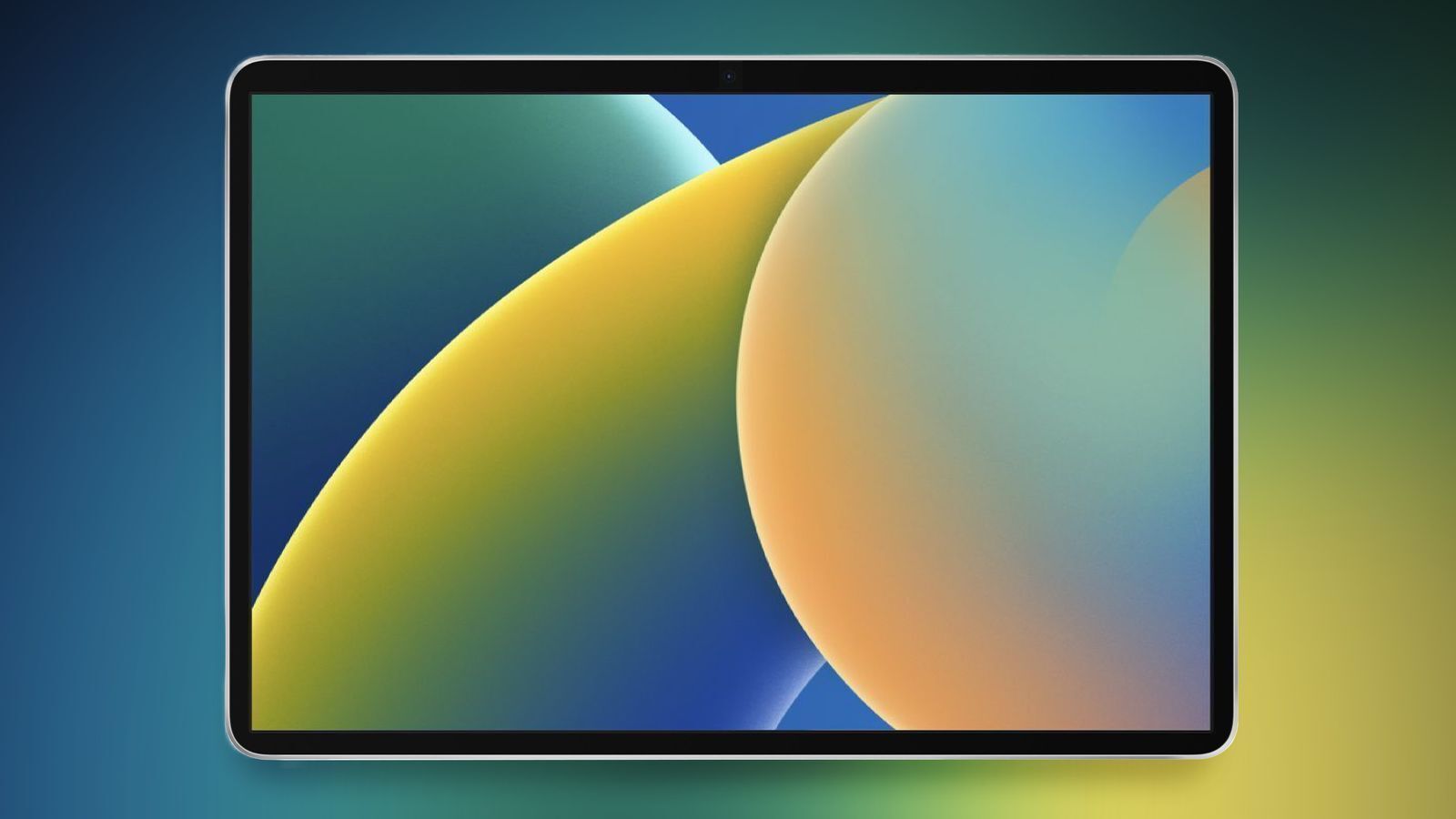
Apple is planning to launch an AI-powered smart home display as soon as March 2025, according to Bloomberg 's Mark Gurman . The display will measure in at approximately six inches, and while it is similar to an iPad , it is square rather than rectangular and it has thick bezels around the edges. There is a camera at the top front so that it can be used for FaceTime , plus there are internal speakers for playing music and a built-in rechargeable battery.
Apple will offer the hub in silver and black, and it will use a touch-based interface. The operating system will look like a mix of the iPhone 's StandBy mode and watchOS, though it will primarily be controlled by voice. Apple plans to integrate Apple Intelligence for accessing apps and controlling smart home products, and it was designed around App Intents, a Siri system that will be able to control apps and tasks.
Apple designed a customizable home screen with widgets that can be used to show things like the weather and upcoming appointments, a photo slideshow, or important home controls. A software-based dock will be available for launching apps, and multiple systems in different rooms will work as intercoms. Apple plans to focus on security as well, providing alerts and camera footage from connected smart home cameras.
Built-in sensors will be able to determine how close a person is standing to the device, and it can adjust features from there. When no one is nearby, for example, it might show the temperature, but as someone approaches, it can switch to an interface for adjusting the thermostat, much like Nest thermostats. It could also detect how many people are nearby using external sensors that plug into outlets throughout the home, but Apple may or may not manufacture these extra sensors.
In addition to offering smart home controls and FaceTiming features, the device will include several Apple apps like Safari, Apple News , Apple Music , Notes, Calendar, and Photos , but there will not be a dedicated App Store . Apple is designing different attachments, such as a plate for attaching it to the wall and a base with additional speakers for using it in a central location in the home. Apple plans to position the smart display as a "command center," with the aim of furthering Apple's position in the smart home market.
The smart home hub has been in development for more than three years, and Apple CEO Tim Cook has been pushing the engineering and design teams to prioritize the device. It will be a standalone device, but it is meant to work in concert with other Apple products and will require an iPhone for setup. With the smart home hub, Apple is looking to compete with Amazon and Google, who have similar devices.
Amazon has the Echo Hub, and Google offers the Nest Hub Max. Apple will likely need to price the device similarly to these products, and the Echo Hub costs $150, while the Nest Hub Max costs $230. While Apple has considered creating its own line of smart home accessories like an indoor security camera, it is not yet clear if the company will do so.
Apple could get into accessories if the smart home display is a success. Earlier this week, Apple analyst Ming-Chi Kuo said that Apple was working on a smart home camera with wireless connectivity and deep integration with Apple Intelligence, with Apple planning to launch the device in 2026. In the future, Apple plans to release a robotic version of the smart home hub that can move the screen around, Gurman reports.
.














